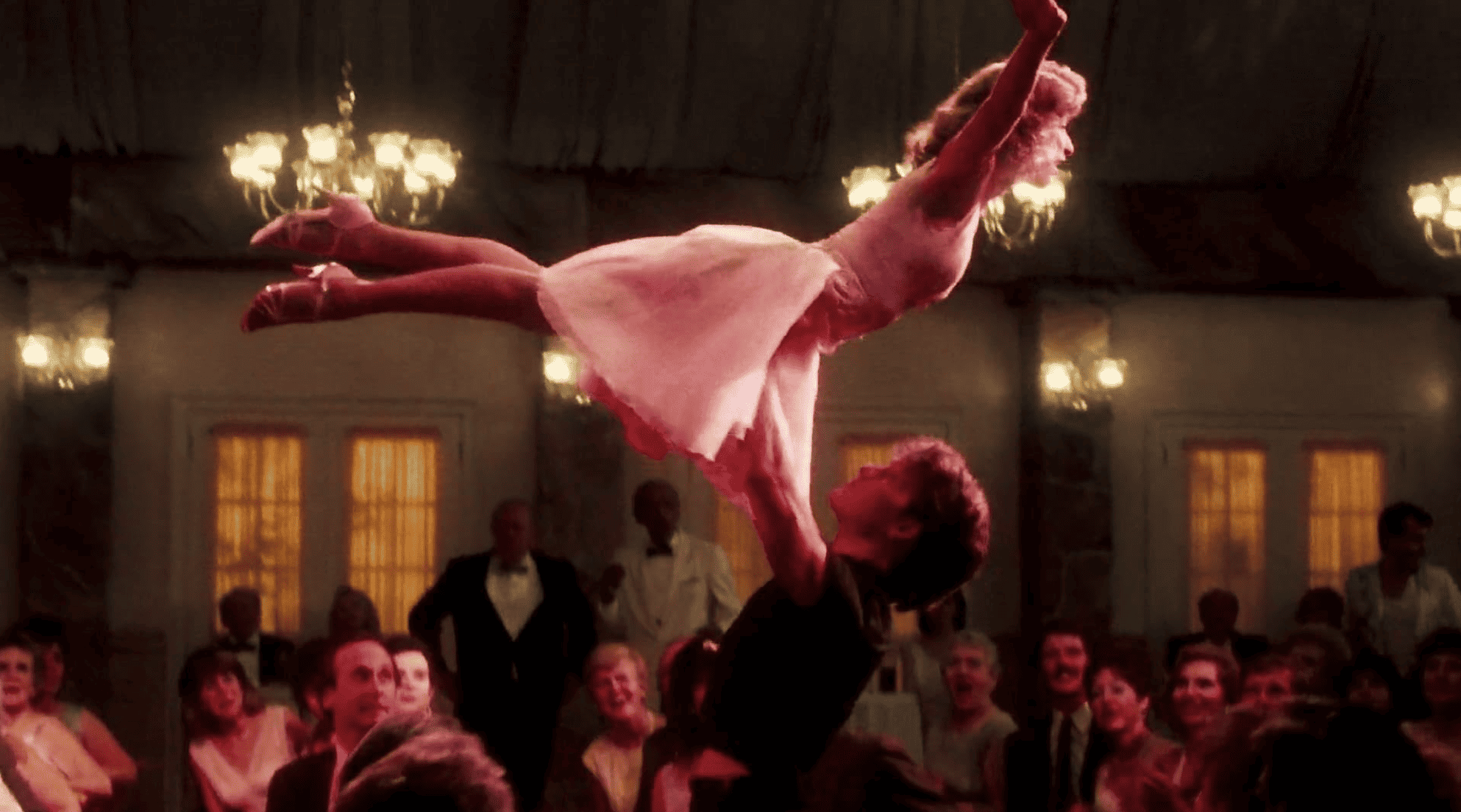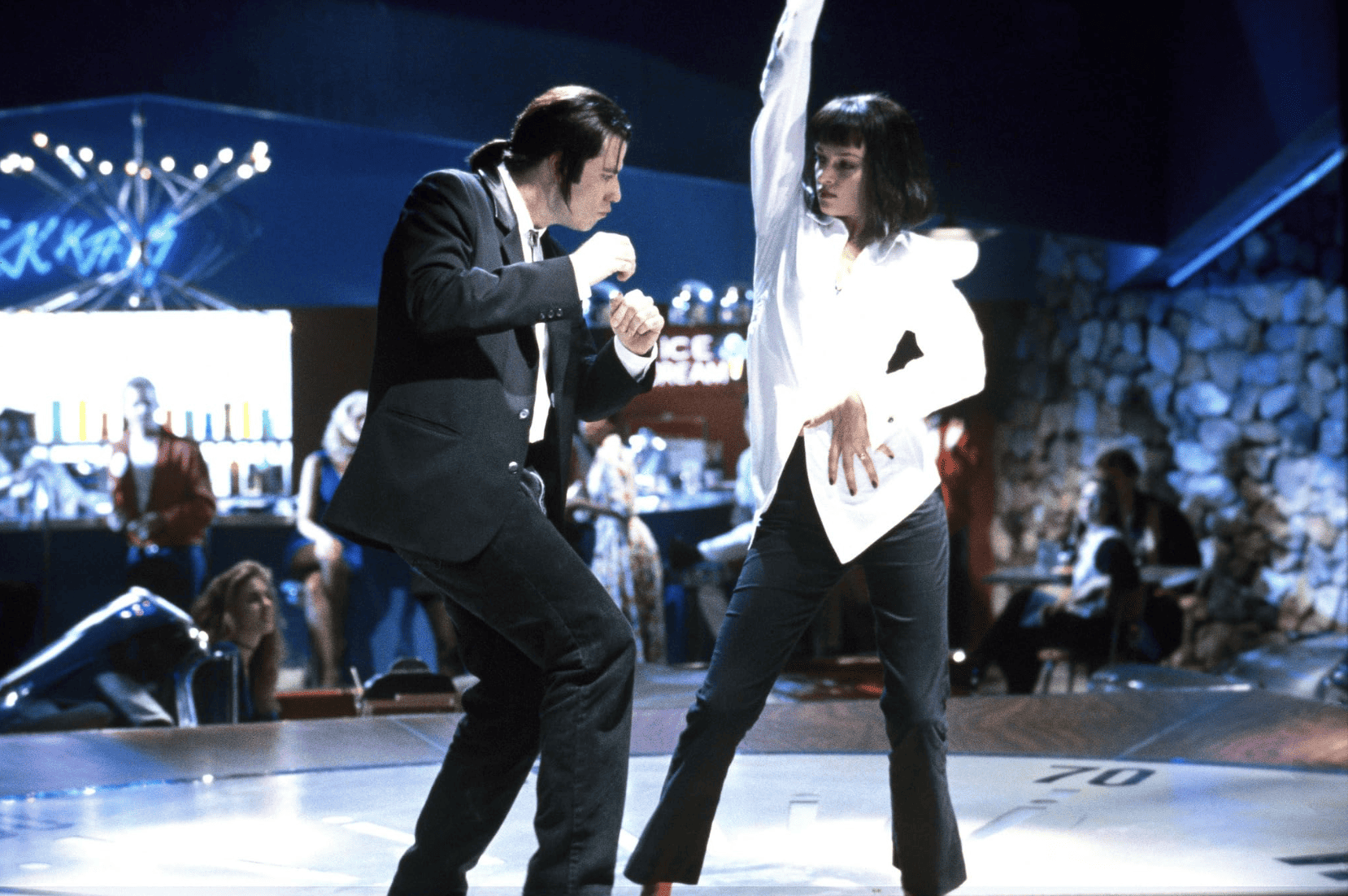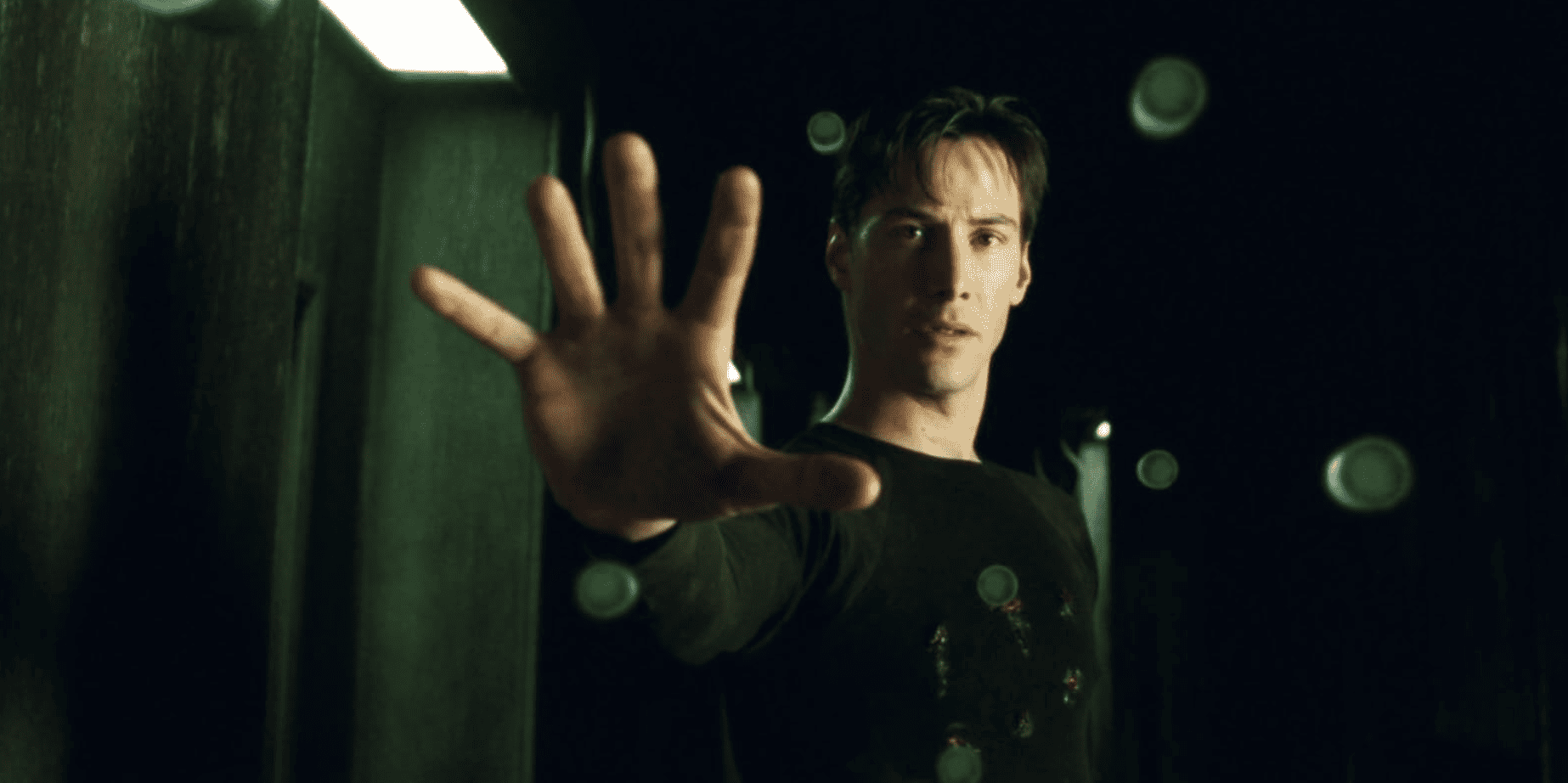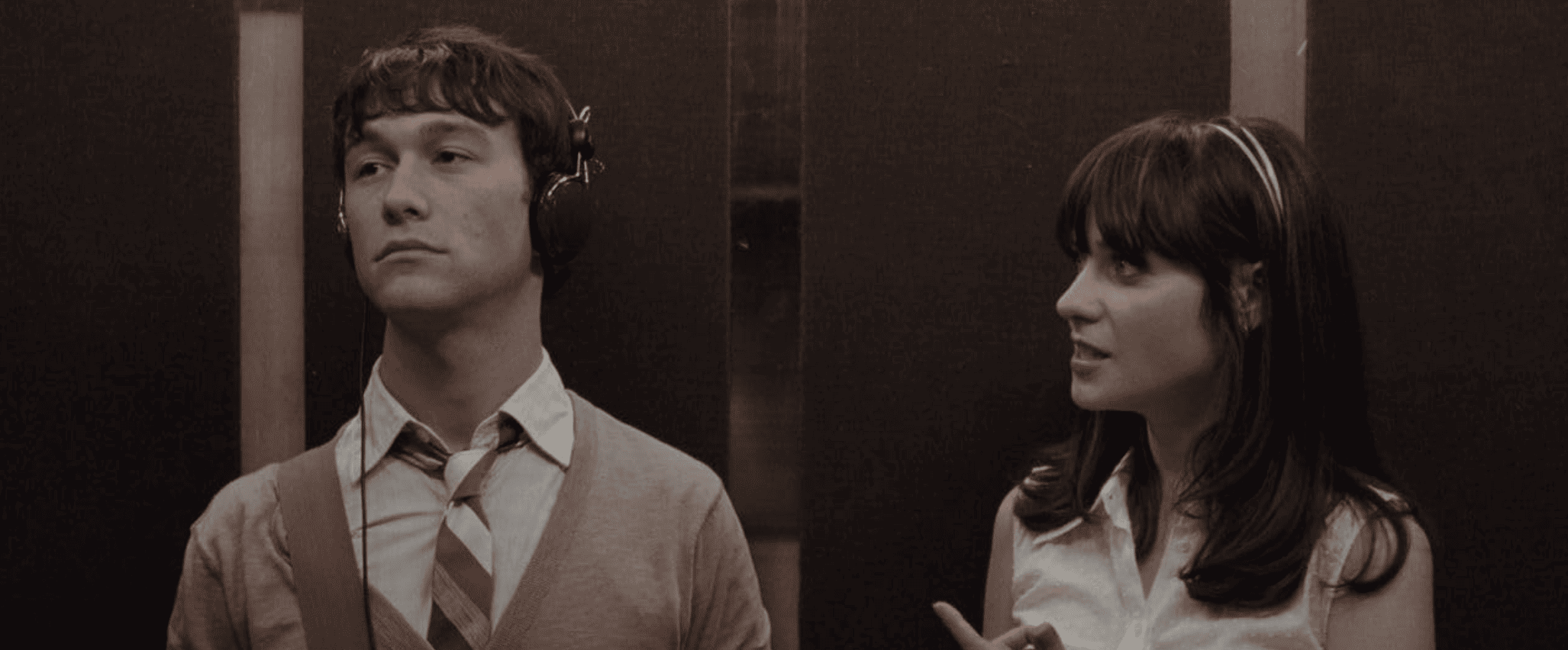
Movies generally have an underlying theme or main point that the director tries to convey. For the most part, we can pick up on it, which means the director was successful. Sometimes it’s heavy-handed and hard to miss, and other times, it’s like an onion — you have to pull back all the layers. Then there are the movies that are straight-up confusing. If you ever finished watching a movie and wondered if you understood its main message, you’re not alone. These movies didn’t resonate with me at first, but eventually, the “Aha!” moment hit me after a rewatch or two.
Watch the video:
‘The Shining’ (1980)

On the first watch, “The Shining” is just a horror movie about a family that watches over a haunted hotel during the offseason. However, there’s more to the film (and the book by Stephen King) than what’s on the surface. I’m not a horror movie buff, so I haven’t watched it multiple times to pick up on all the small details — and I’m happy to leave it that way.
Fans have speculated a lot about the deeper themes of this movie, and the theme that caught my attention was that of abusive relationships. Jack (Jack Nicholson) hits his son Danny (Danny Lloyd), and when Wendy (Shelley Duvall) recounts this later, she covers for Jack. This behavior is consistent with abuse. Additionally, when King wrote “The Shining,” he was also struggling with alcoholism, and the book contemplates addiction. One could say battling addiction is more horrifying than any haunted hotel or supernatural event.
“The Shining” is available to stream on Max.
‘Dirty Dancing’ (1987)

I grew up watching musicals and dance movies, and Gene Kelly and Ginger Rogers were regulars in my living room. So of course, “Dirty Dancing” was in my collection. There are several iconic scenes from the film that everyone references or at least remembers, like the lift in the lake water and the line, “Nobody puts Baby in the corner.”
Although the movie was released in 1987, it was set in 1963; as a child, the significance of this was lost on me. The decision of Roe v. Wade hadn’t been made in 1963 — it was still 10 years away. Dancing is a metaphor for a woman’s freedom to choose what she does with her body. Writer Eleanor Bergstein said she had a lot of pushback when she included Penny’s (Cynthia Rhodes) back-alley abortion because Roe v. Wade had already passed. This theme is wildly relevant today in the wake of the Roe v. Wade overruling.
Watch “Dirty Dancing” through a new lens by renting or buying it on Amazon Prime Video.
‘Pulp Fiction’ (1994)

I’ll be honest: I’m still unsure how I feel about “Pulp Fiction.” There was a lot of unnecessary violence, which is a huge deterrent for anyone with an aversion to gore. While that wasn’t why I disliked the film, I was still so focused on the carnage that I didn’t understand the movie’s point.
“Pulp Fiction” is not only about crime, but also about the blurred lines between good and evil. Director Quentin Tarantino uses small moments of humdrum chitchat between criminals to humanize them. By the movie’s end, most characters are killed off, but the ones worth saving have been given a second chance.
“Pulp Fiction” is streaming on Max.
‘Fight Club’ (1999)

The first time I saw “Fight Club,” I was 15 years old and at a midnight showing with friends. Like everyone back in the day, my celebrity crush was Brad Pitt (although I was angry that he’d split from Jennifer Aniston). I was blown away by the plot twist at the end, as I’d never seen anything like it before. It wasn’t until much later that I realized there was more to the movie.
“Fight Club” is easily mistaken for being a celebration of masculine brutality rather than a critique of it. On closer inspection, the film also takes a deep dive into capitalism. While some say the movie is eschewing capitalism, I don’t think that’s true. Without systems in place, chaos descends and runs rampant. “Fight Club” is actually showing why we need certain systems to contain the chaos.
“Fight Club” is available to rent or buy on Amazon Prime Video.
‘The Matrix’ (1999)

I’ve mentioned before that I’m not a fan of “The Matrix,” mainly because I didn’t understand it, and it was so convoluted that I didn’t have any desire to watch it again. Honestly, the movie is so darkly lit that I had trouble even seeing what was happening (but I digress).
I was surprised to learn that “The Matrix” is actually a metaphor for being trans. This is confirmed by directors Lana and Lilly Wachowski, sisters with a large catalog of queer-centric movies. One moment that comes to mind from “The Matrix” is when Neo (Keanu Reeves) reaffirms that his name is Neo — his hacker name — though his given name is Thomas. Giving yourself a new name isn’t unique to trans people, but it’s a major part of their identity and transition.
While I won’t join you in the rewatch, you can watch “The Matrix” on Max.
‘Finding Nemo’ (2003)

I was 11 when “Finding Nemo” hit movie theaters, and we went as a family to see it. However, after many re-watches, I still missed the movie’s message — and I believe most of the audience did, as well. We assume it’s about family, its importance, and creating your own. This is still a wonderfully wholesome point, but it’s not the main message.
After it was pointed out to me, I noticed something about the movie: It’s about the environment. Nemo (Alexander Gould) is captured by a diver, who turns out to be a dentist who likes to collect fish — though he claims he only saves the ones that look like they’re struggling to survive. The rest of the movie is about Nemo finding his way home, spending every day of his existence in the fish tank looking for a way out. That seems pretty clear to me: Leave the fishes alone and in their natural environment.
This family-favorite is available on Disney Plus.
‘500 Days of Summer’ (2009)

Anyone who watches “500 Days of Summer” for the first time will assume it’s your standard rom-com — except the guy doesn’t wind up with the girl at the end. We’re rooting for Tom (Joseph Gordon Levitt) to find happiness; he’s the protagonist, so we feel we should be on his side. Yet, that’s actually the opposite of what was intended.
For some of us, it took a few more watches to pick up on the central theme: the mockery of the rom-com genre. The more I watched, the more I realized how wrong Tom was about pretty much everything. He idealized Summer (Zooey Deschanel), putting her and the relationship on an impossible pedestal. The reality of their relationship could never stand up to his expectations. That said, this stance makes the movie even more enjoyable (for me, at least).
“500 Days of Summer” is available on Sling TV and Max.
